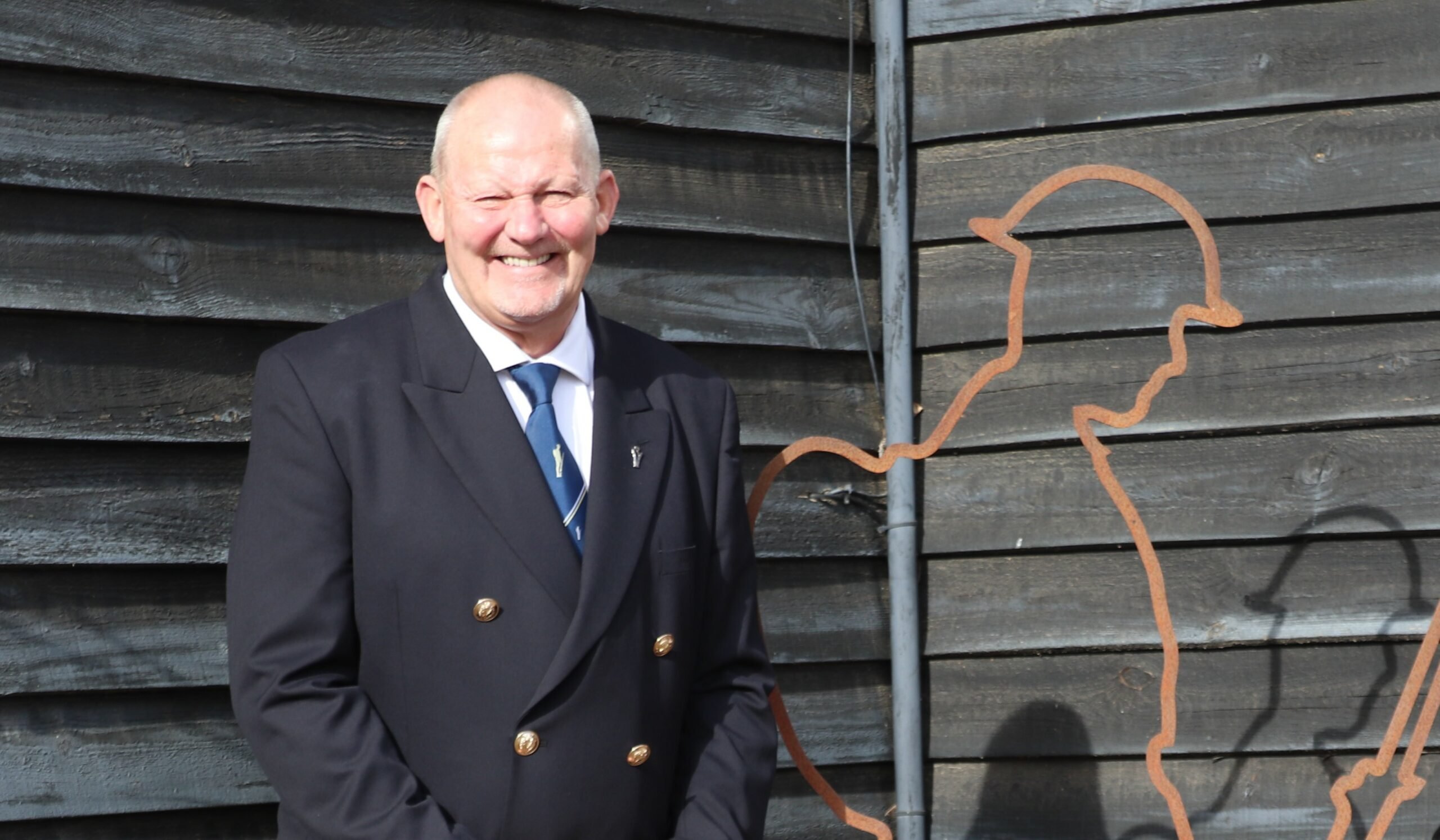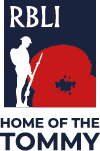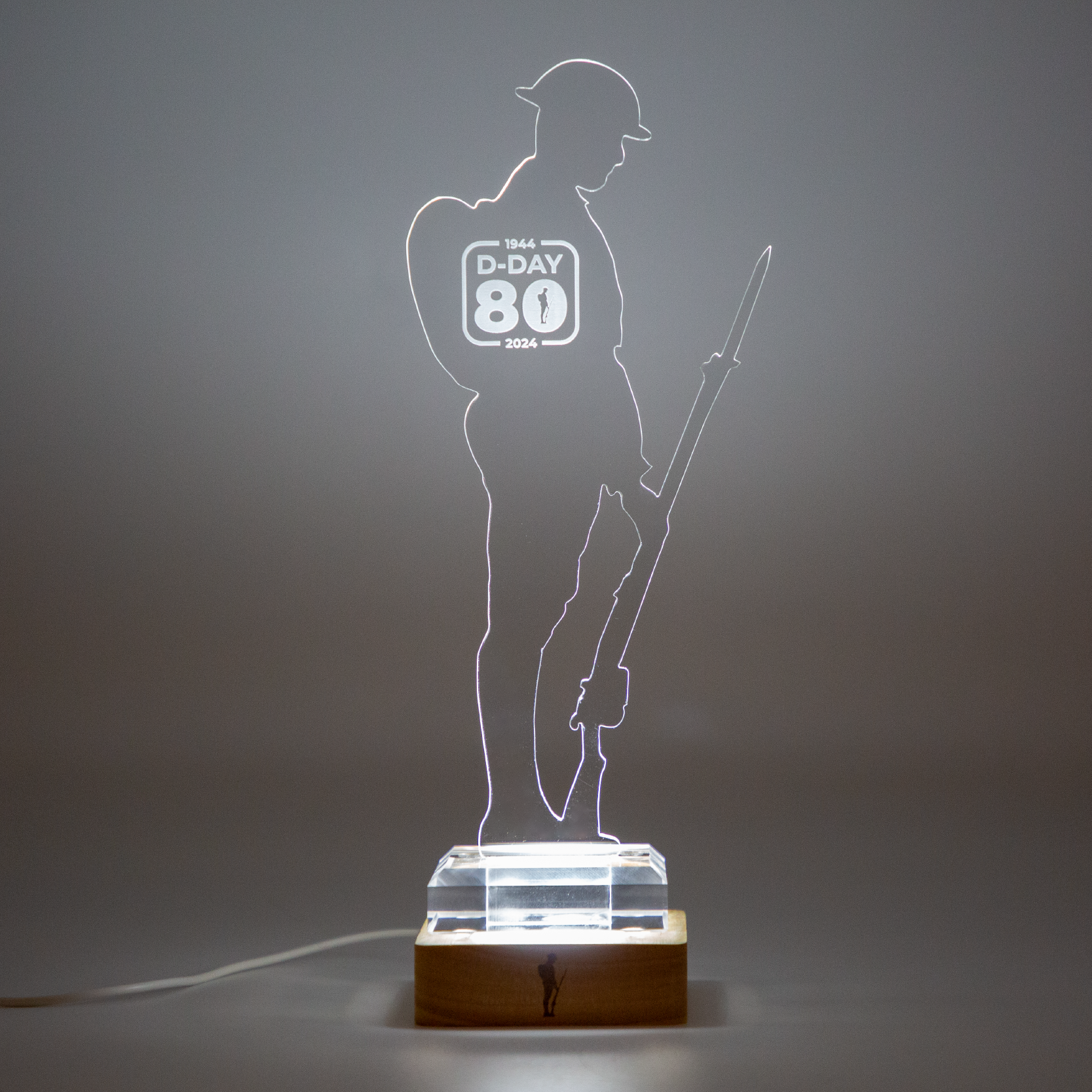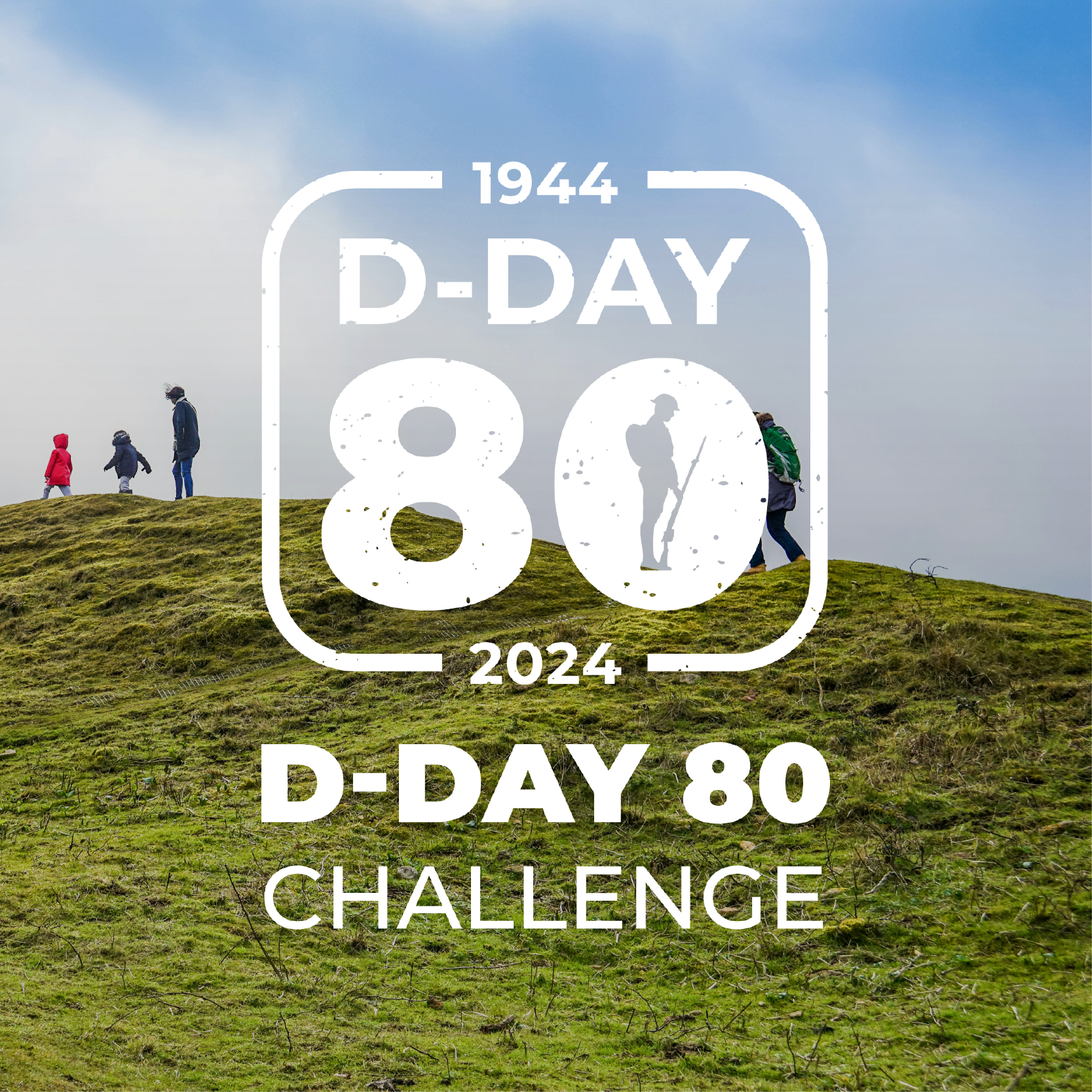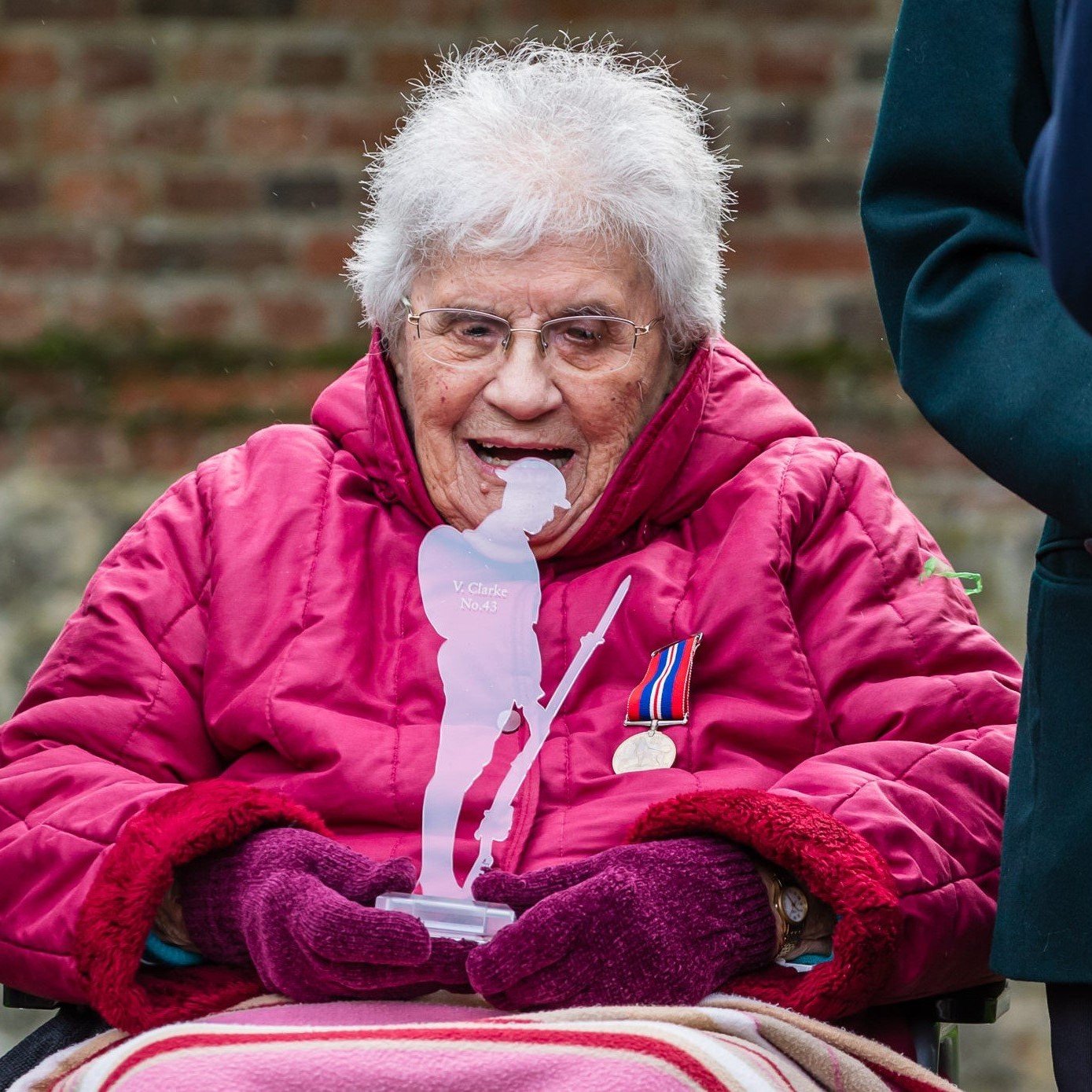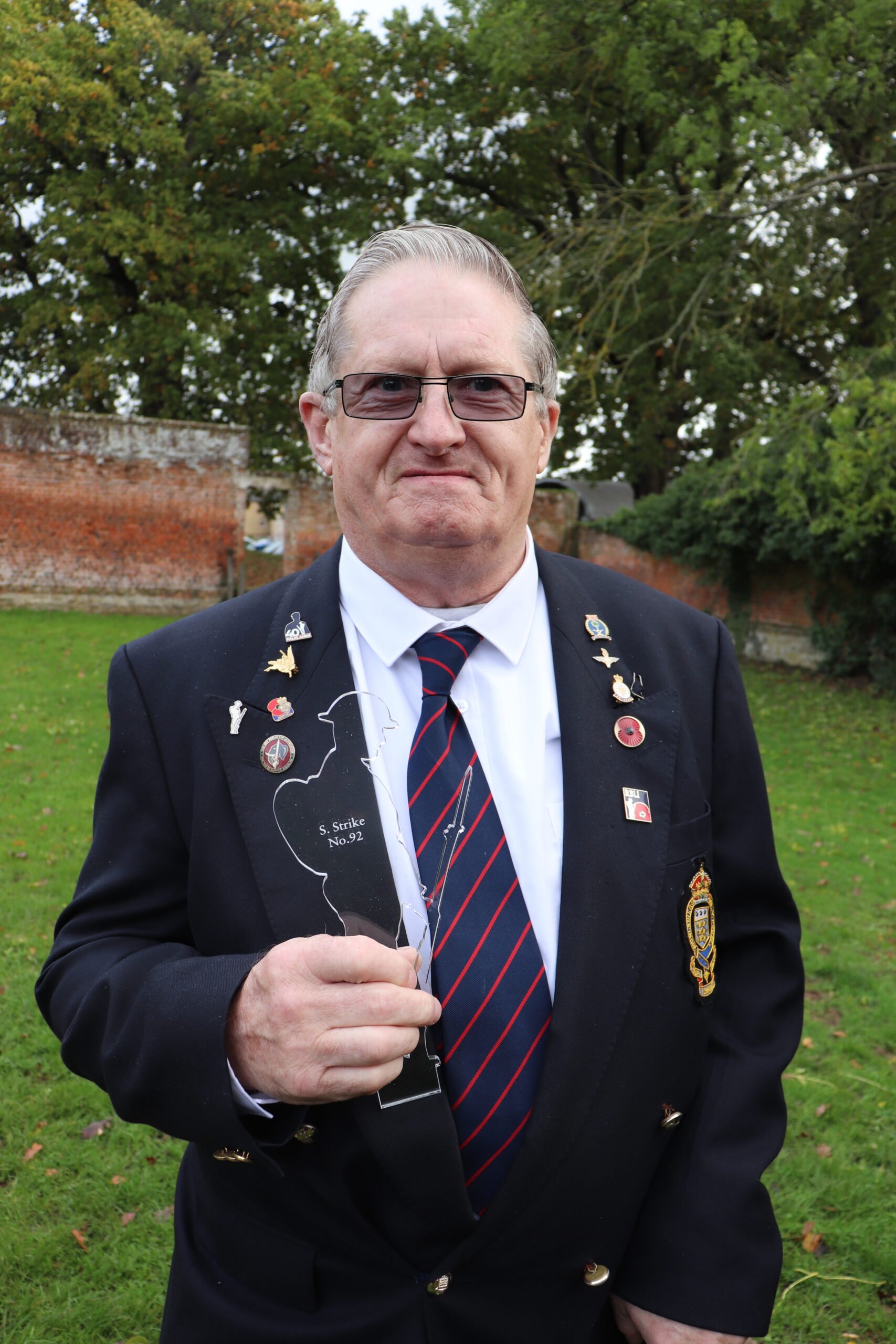Shop & Support Veterans
Purchase from our D-Day range to commemorate the anniversary and support veterans in employment.
Fundraise
Join our D-Day fundraising campaign and run, walk or wheel 80km this June to raise money for those who have served.
Make a Donation
Give now to support RBLI’s efforts to ensure veterans receive the support they need, when they need it.
Supporting Veterans Since 1919
We are proud to have provided support for those who were fortunate enough to return from the beaches in 1944. Although the services we offer our nation’s veterans have changed to keep up with their individual needs, our dedication to those who have given so much and the need for our support remains as strong as it was 80 years ago.
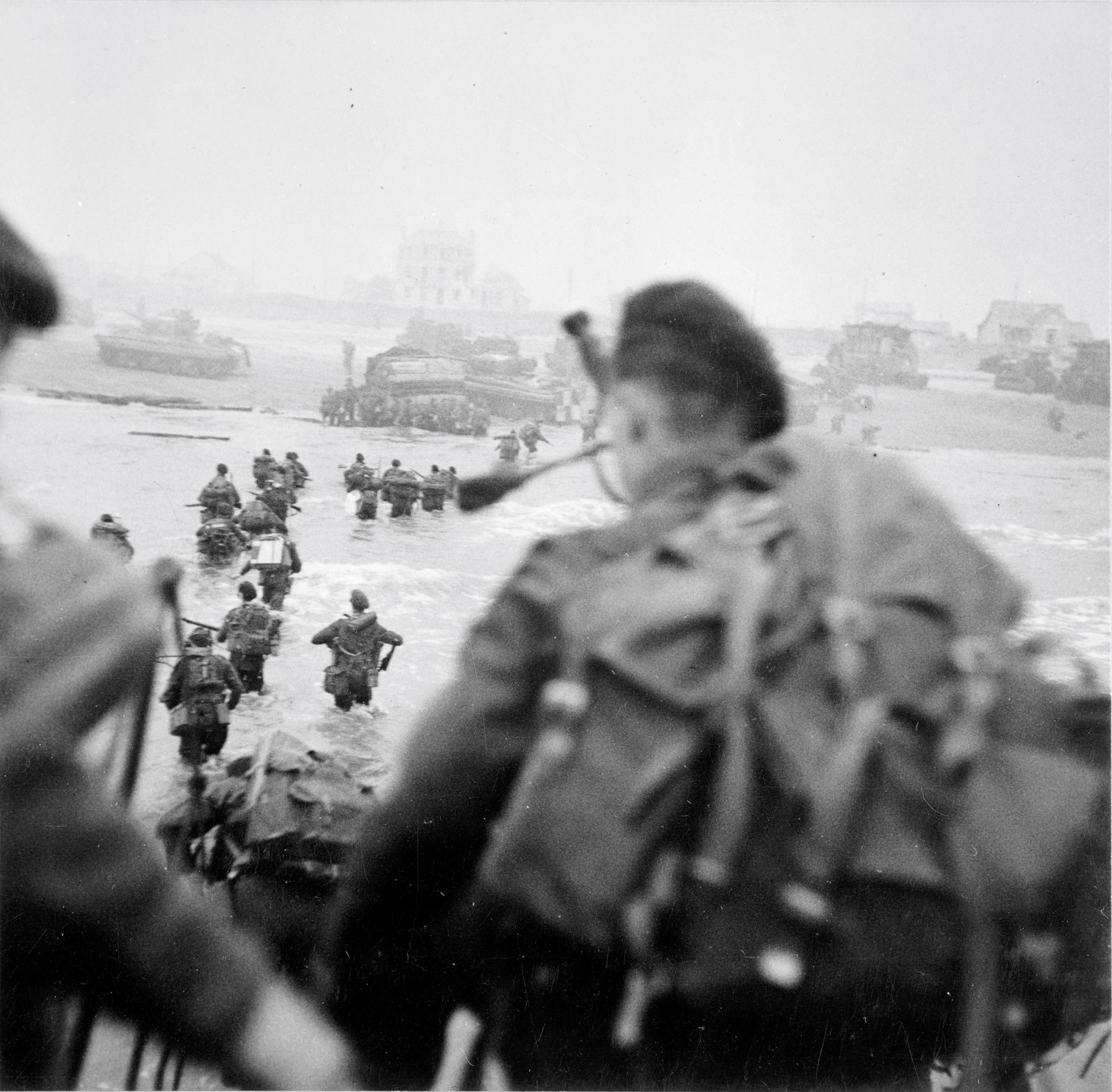
© IWM
D-Day Timeline
OPERATION TITANIC
Meanwhile, 6,939 vessels – 1,213 warships, 4,126 landing craft, 736 ancillary craft and 864 merchant vessels – gather in preparation for landings at five Normandy beaches codenamed Utah, Omaha, Gold, Juno and Sword.
Ham and Jam
Sainte Mere-Eglise liberated by paratroopers
Eisenhower addresses Normandy
"The lives of many of you depend on the speed with which you obey. Leave your towns at once – stay off the roads – go on foot and take nothing with you that is difficult to carry. Do not gather in groups which may be mistaken for enemy troops."
H-Hour
As the sun rises, the Allied naval forces start their bombardments of the beaches with seven battleships, 23 cruisers and 103 destroyers.
Rocket launcher barges approach the targeted beaches and fire them with rockets: around 20,000 in Gold, Juno and Sword beaches and 18,000 in Utah and Omaha.
US Troops assigned to Omaha and Utah beaches start to get into landing craft and set sail for the beaches despite the choppy conditions.
British and Canadian assaults on Gold, Juno and Sword beaches
Hitler awakens
He finds the news from Normandy excellent, as he still thinks - thanks to Operation Fortitude's chain of deceptions - that the morning's events are a cover for the real invasion at Pas-de-Calais.
Communiqué No. 1
"This is London. London calling in the Home, Overseas and European services of the BBC and through United Nations Mediterranean, and this is John Snagge speaking.
"Supreme Headquarters Allied Expeditionary Force have just issued Communiqué No 1.
"Communiqué No 1: Under the command of General Eisenhower, Allied naval forces, supported by strong air forces, began landing Allied armies this morning on the northern coast of France."
Updates in England and Germany
Meanwhile Hitler holds his daily military conference at his headquarters in the Bavarian Alps. “The news couldn't be better. As long as they were in Britain, we couldn't get at them. Now we have them where we can destroy them.”
Crowded beaches and heroism
He will be the only winner of a Victoria Cross on D-Day.
Disaster at Caen
Allied air forces are firing at German forces, but the enemy tanks and infantry are moving and causing a threat to the Allied beachhead.
On top of this, few civilians have left the town despite Allied leaflets warning them of the aerial attacks. Hundreds have been wounded or killed in the bombardment and parts of the city are on fire.
Despite the attacks, Caen is still in the hands of the Nazis.
Mulberry Harbours
These huge concrete and steel constructions have been devised to help the allied troops resupply invasion forces and are particularly helpful in bad weather conditions.
German fightback
The BBC broadcasts a speech from General Charles De Gaulle in which he calls on Frenchmen to "fight with all the means at their disposal".
“The battle has begun, and France will fight it with fury. For the sons of France, whoever they may be, wherever they may be, the simple and sacred duty is to fight the enemy with every means in their power.”
British patrols approach Bayeux
'More than courage'
Some 14,000 allied troops have landed along the 55-mile front, and some have advanced miles inland.
But all is not over as German troops have moved north and some are still defending the beaches.
“Once more, a supreme test has to be faced. This time, the challenge is not to fight to survive but to fight to win the final victory for the good cause...” King George.
Allies take stock of D-Day
Despite still not taking Caen and suffering thousands of casualties, they managed to gain a foothold in France. Caen will continue to be bombed.
159,000 allied troops have, on this day, established four beachheads. Fighting will continue but a crucial stage has been reached.
Timeline courtesy of information from National World PLC (nationalworld.com)
Pete’s Story
Like so many who have experienced the horrors of war, Pete Gower’s father, Arthur, didn’t speak about his service in the Sussex Regiment during the Second World War. It wasn’t until Pete had experienced his own horrors in Northern Ireland that his father opened up to him, realising that his son would understand, as they had a shared experience of conflict.
Pete Gower, who joined the Ordnance Corps at 18 in 1970, serving in the UK, Germany, Northern Ireland, and Belize, before leaving as a Corporal with an exemplary record from a career he loved, said, “My father was the type of man who, no matter what the task, gave it 100%, even if he didn’t like what he had to do. That’s what he did on D-Day. He didn’t want to be there. Who did? But like everyone else who took part in the Normandy Landings, he gave it his all. He had scars from barbed wire on his body, and I kept on at him to tell me how he got them, and what he did in the War. For years he didn’t talk to me, but one day he turned round and said, ‘You’re in the Army now I’ll tell you’.
“My father said how horrible it was in the landing craft as the guys around him were throwing up. It was a mess, and all round they could hear the guns going off in the background. The ramp lowered onto Sword Beach, and before they got halfway down, men were dropping as bullets showered them. As he ran, he saw so many men just dropping all around him.
“I’ll never forget his words. ‘All you had to do was get on that beach and get off it to cover as quick as possible. It didn’t last that long really, but it seemed like a lifetime. All I did was put myself over the barbed wire, as the guys couldn’t get over it. They were just dropping, and you could feel the bullets hitting your mates as they went over’. He thought he might have passed out, as he couldn’t remember getting off the barbed wire and off the beach.
“I’m glad he told me about D-Day, as it showed trust. I’m applying for his medals as they have a great meaning and I’ll wear them with pride on 6th June, the 80th Anniversary of D-Day.”
Arthur’s story, shared through Pete’s words, is just one of so many that took place on this fateful and historic day. It is important that we keep these stories alive, no matter how much time passes, to commemorate the sacrifices made by so many for us.
Our Armed forces
We help those who have served and families of those who are currently serving through employment support, training and accommodation. For over 100 years we have been proud to support the military community and hope to do so many years into the future.
Our dedicated team can provide support at any stage of a veterans life, from our step-in programme, designed to help veterans who have found themselves in need of support due to homelessness or other circumstances, through to Lifeworks employment support and specialist dementia care from our RBLI Living team.
